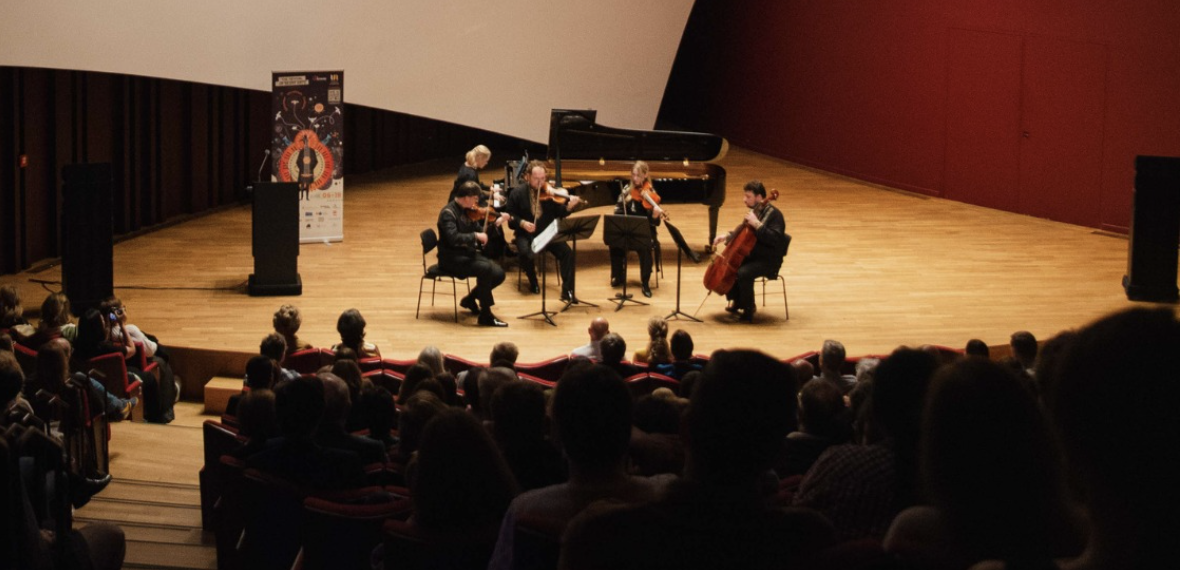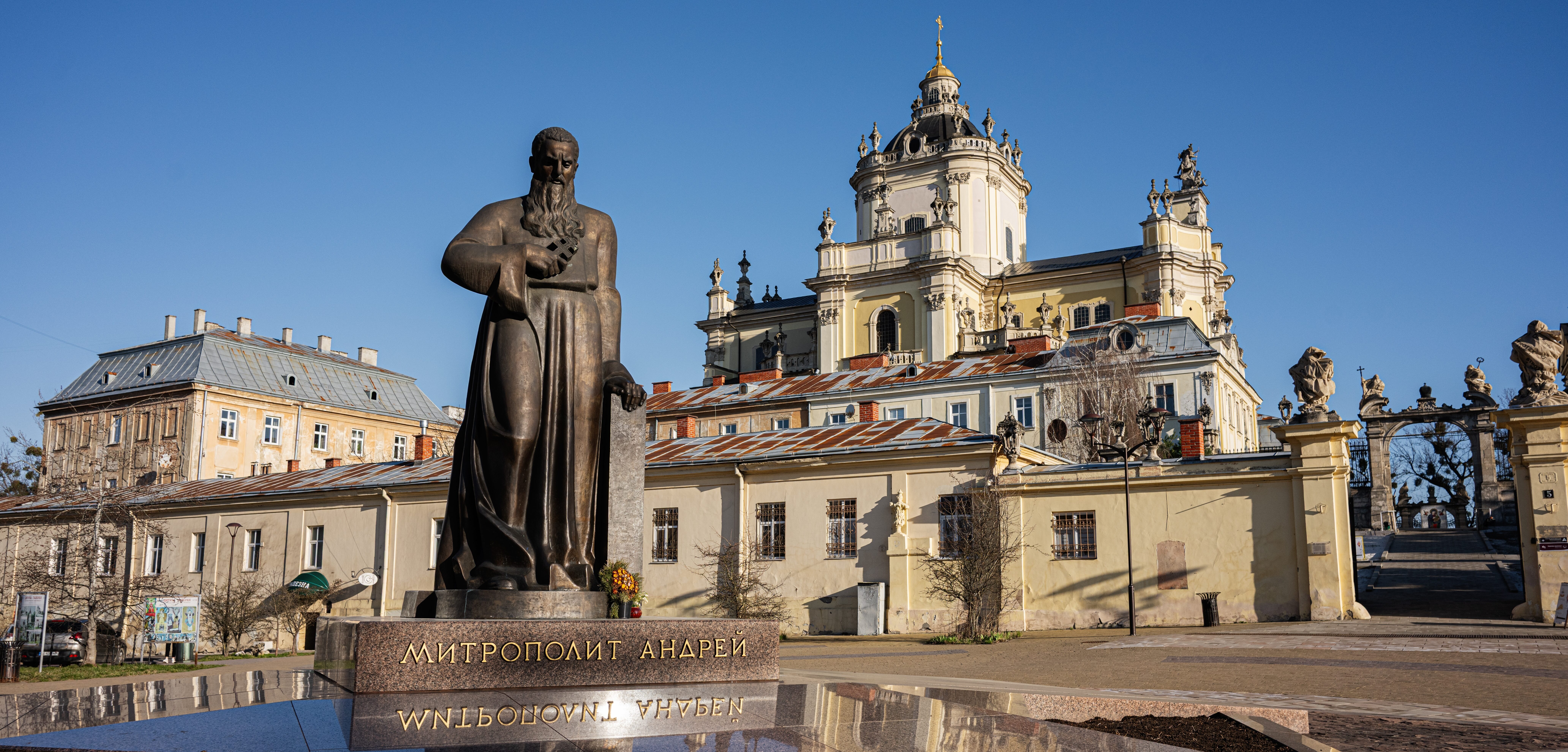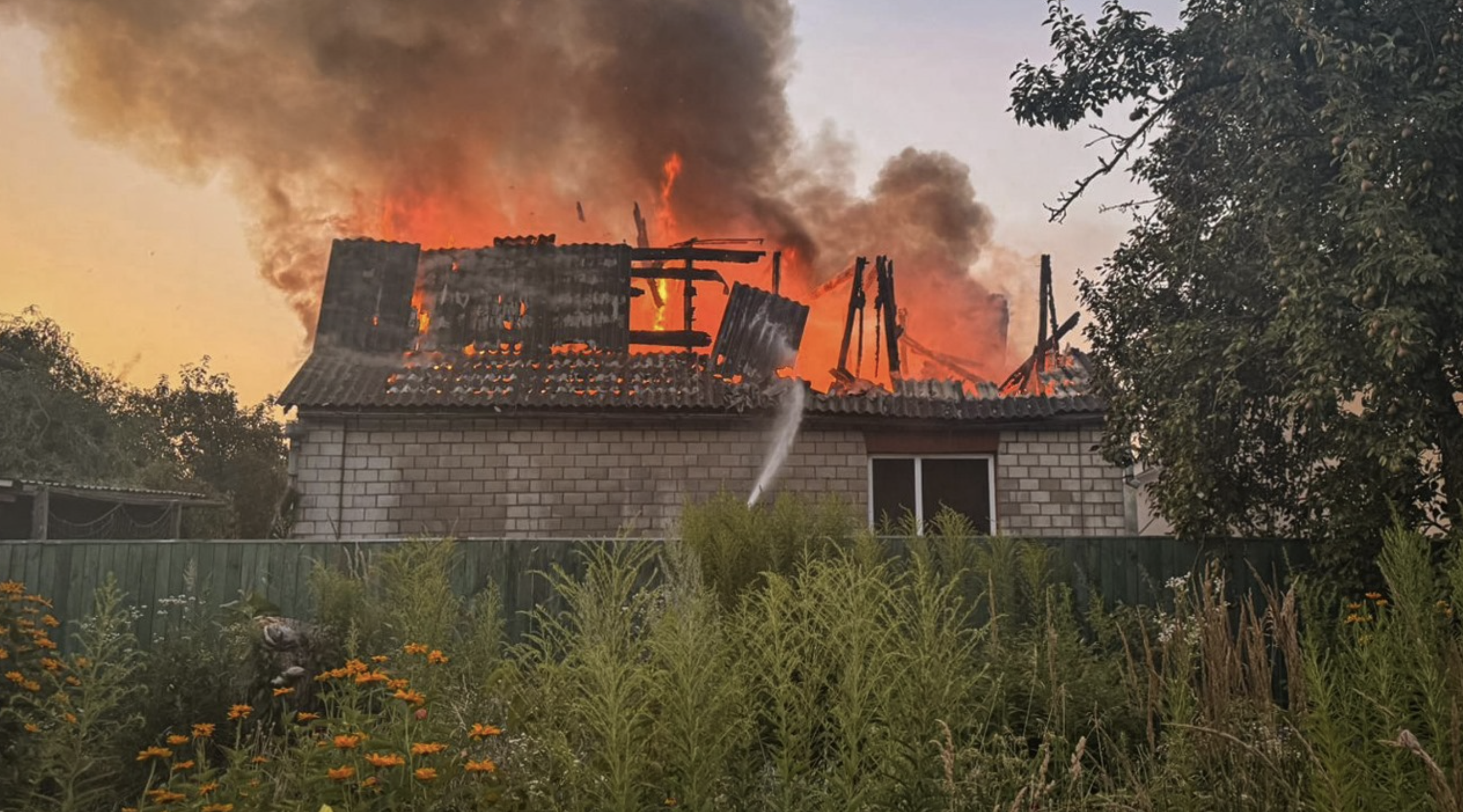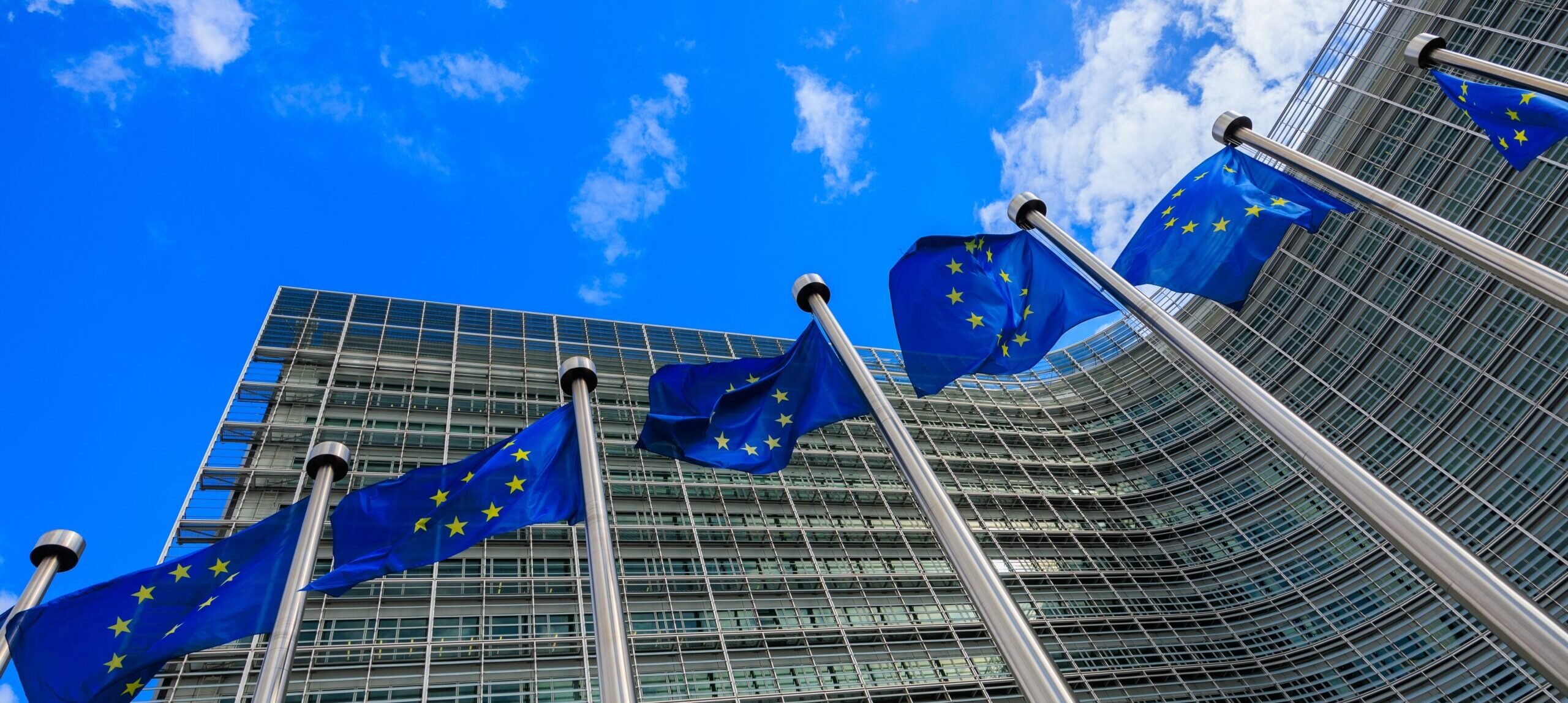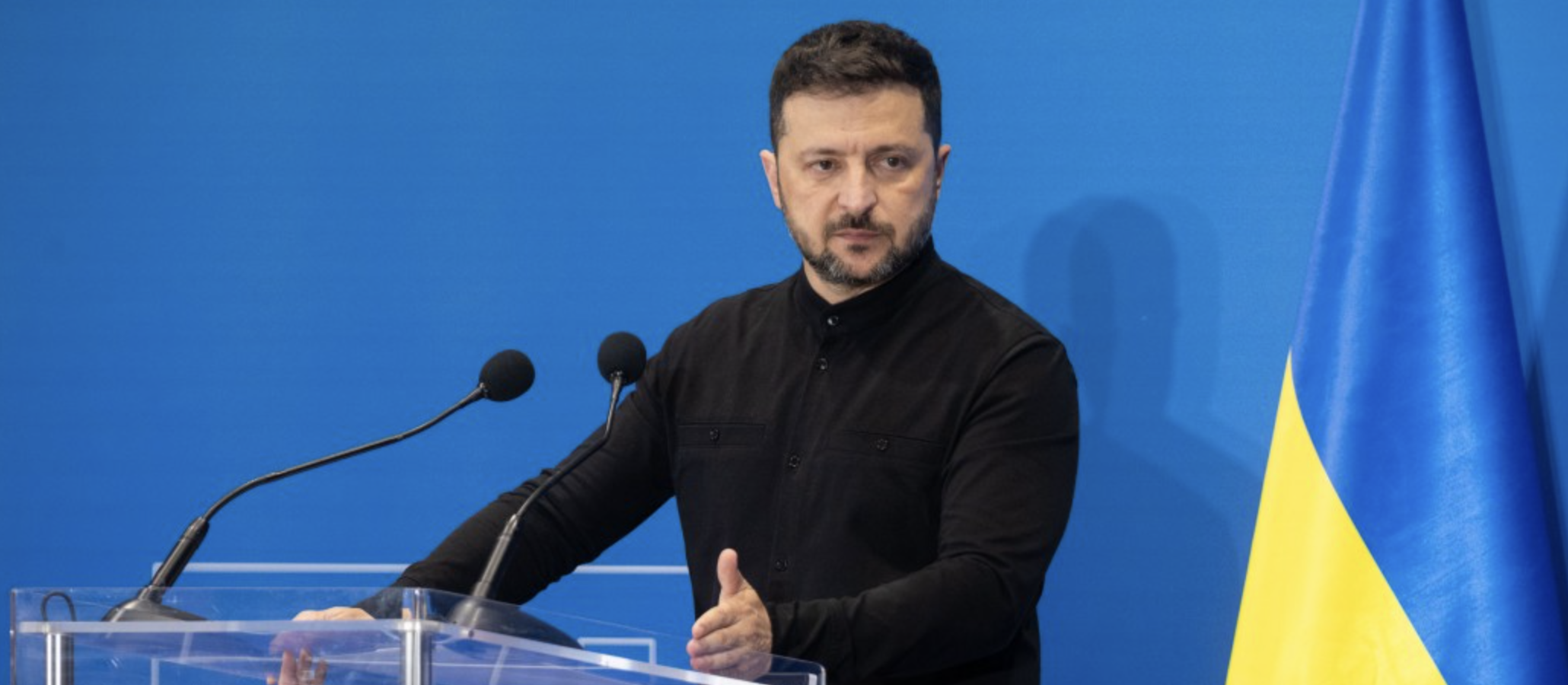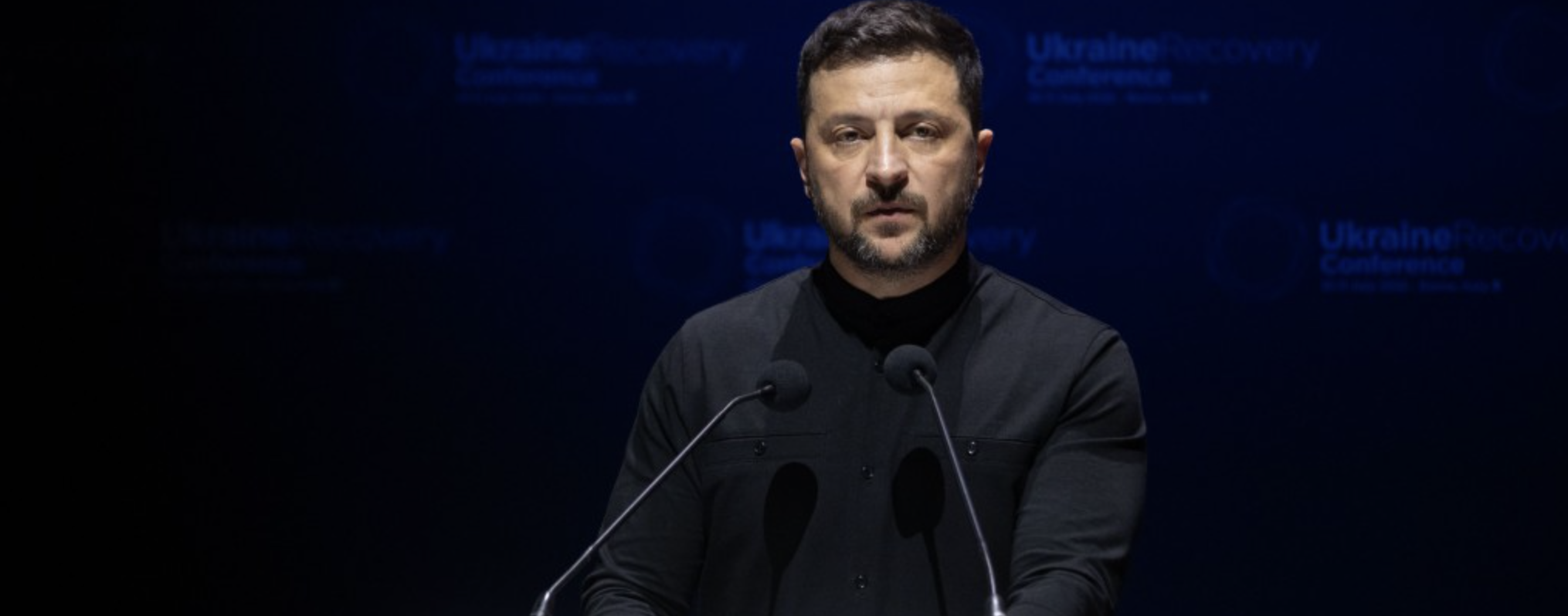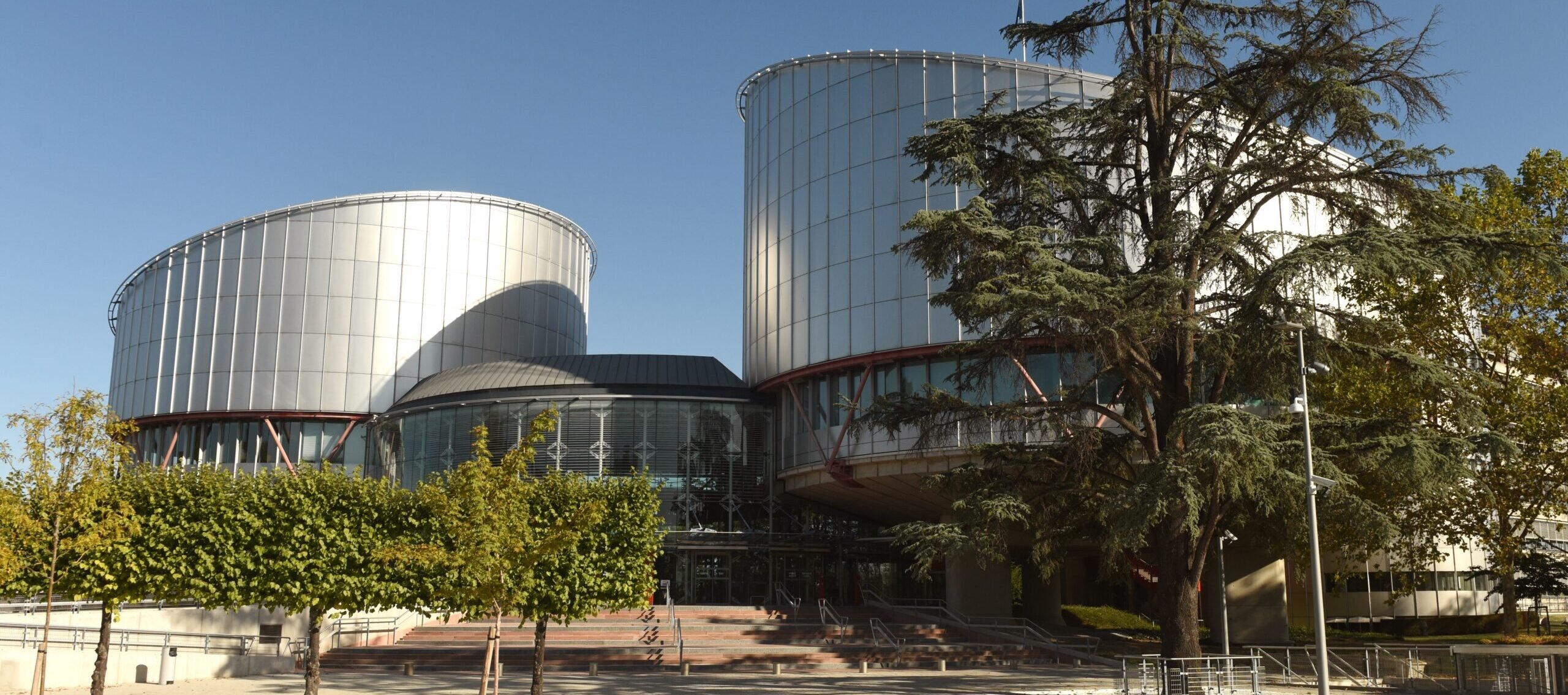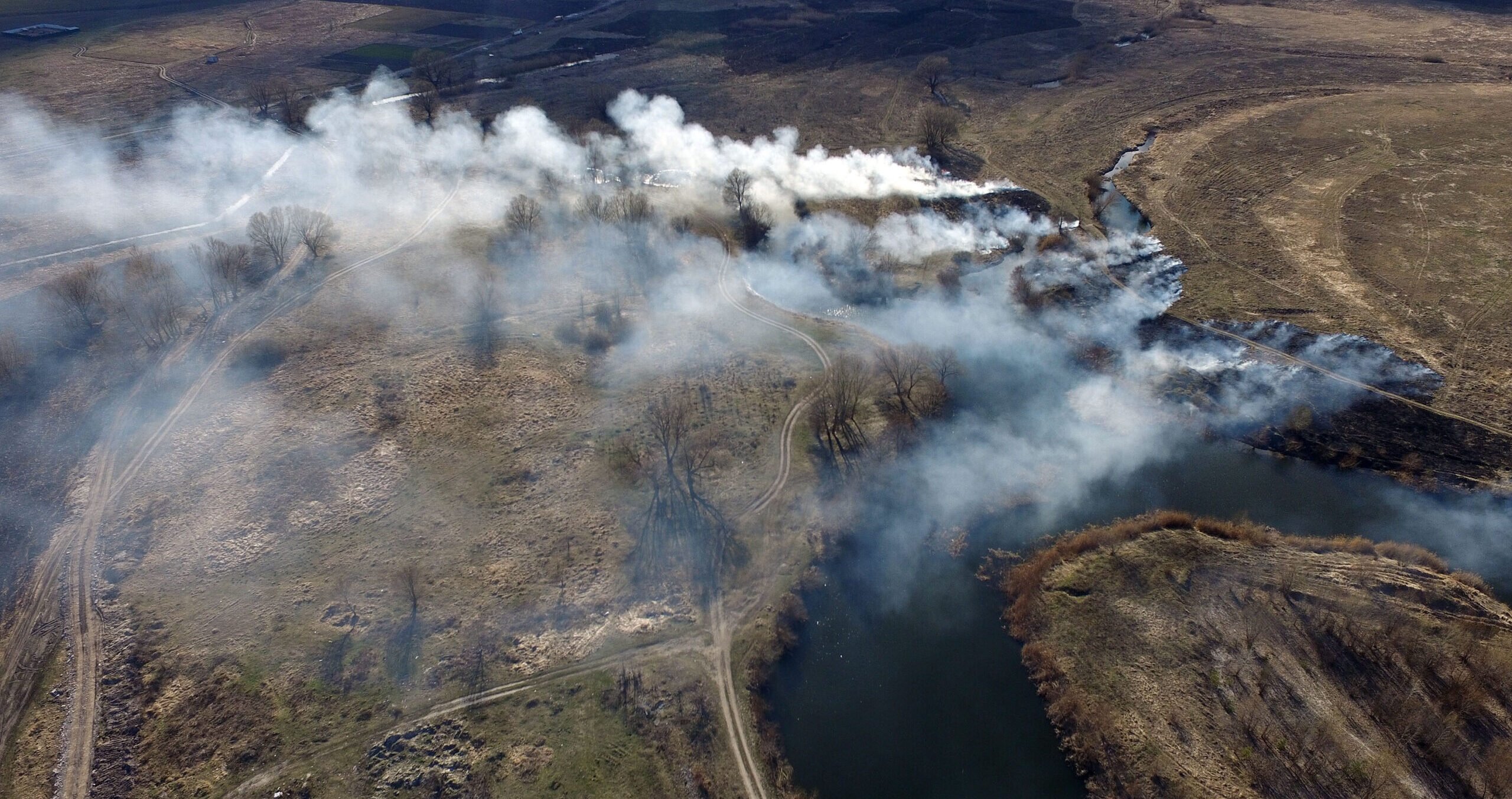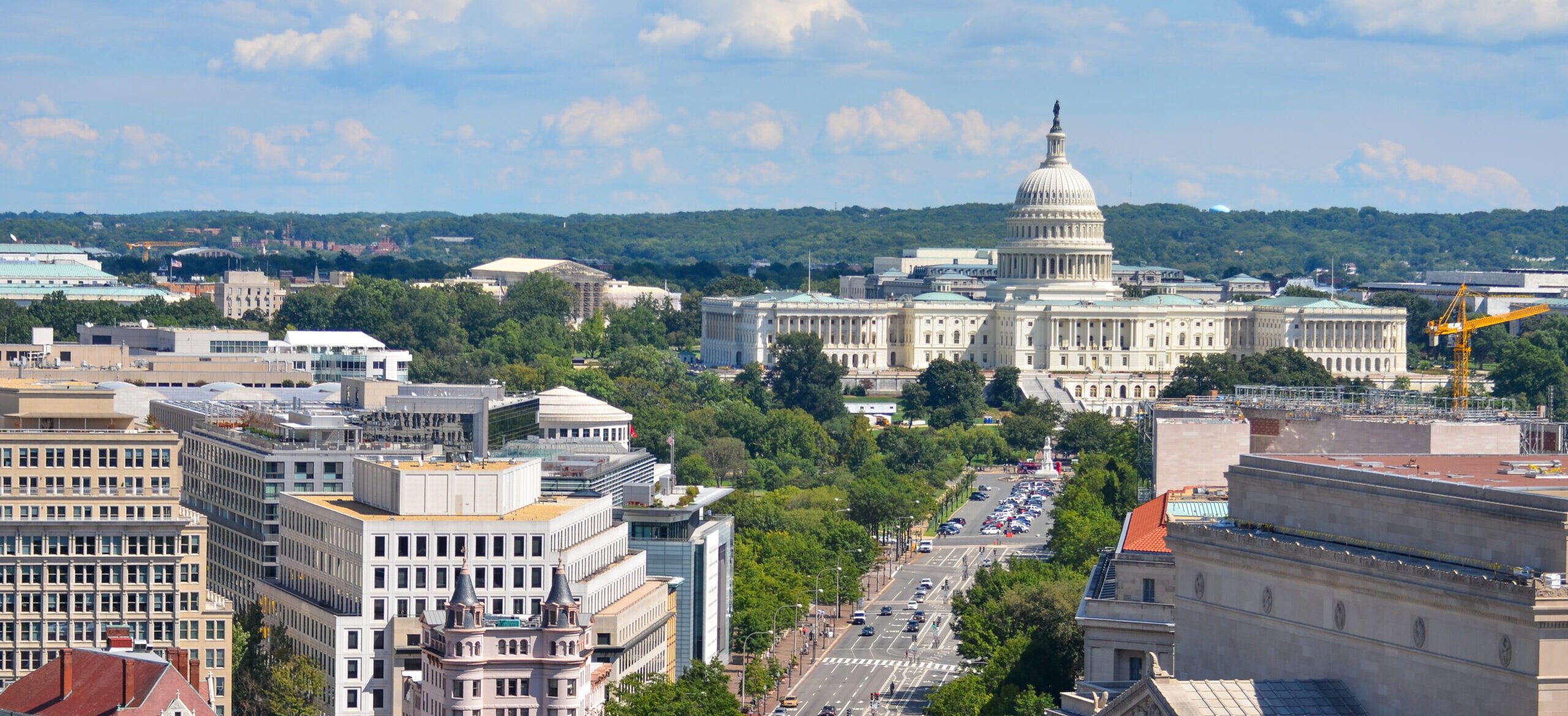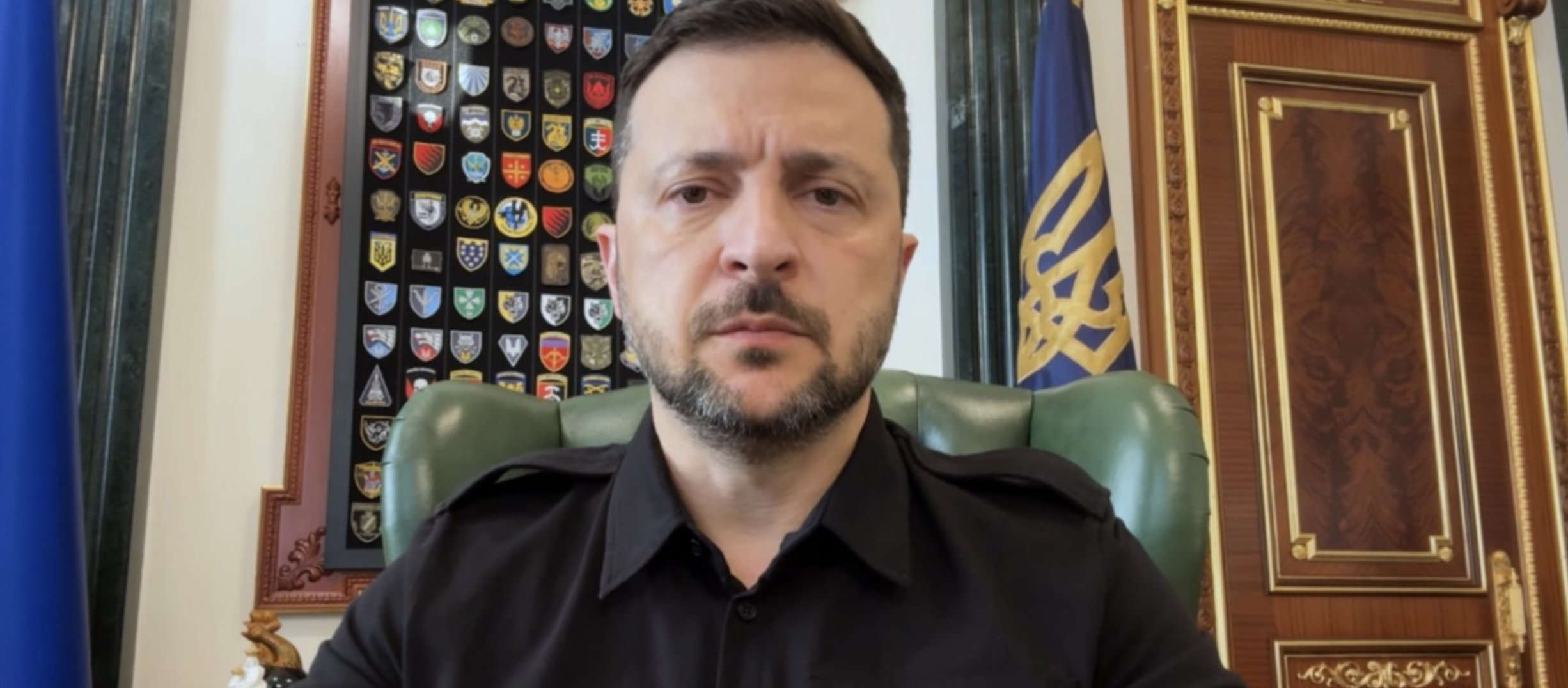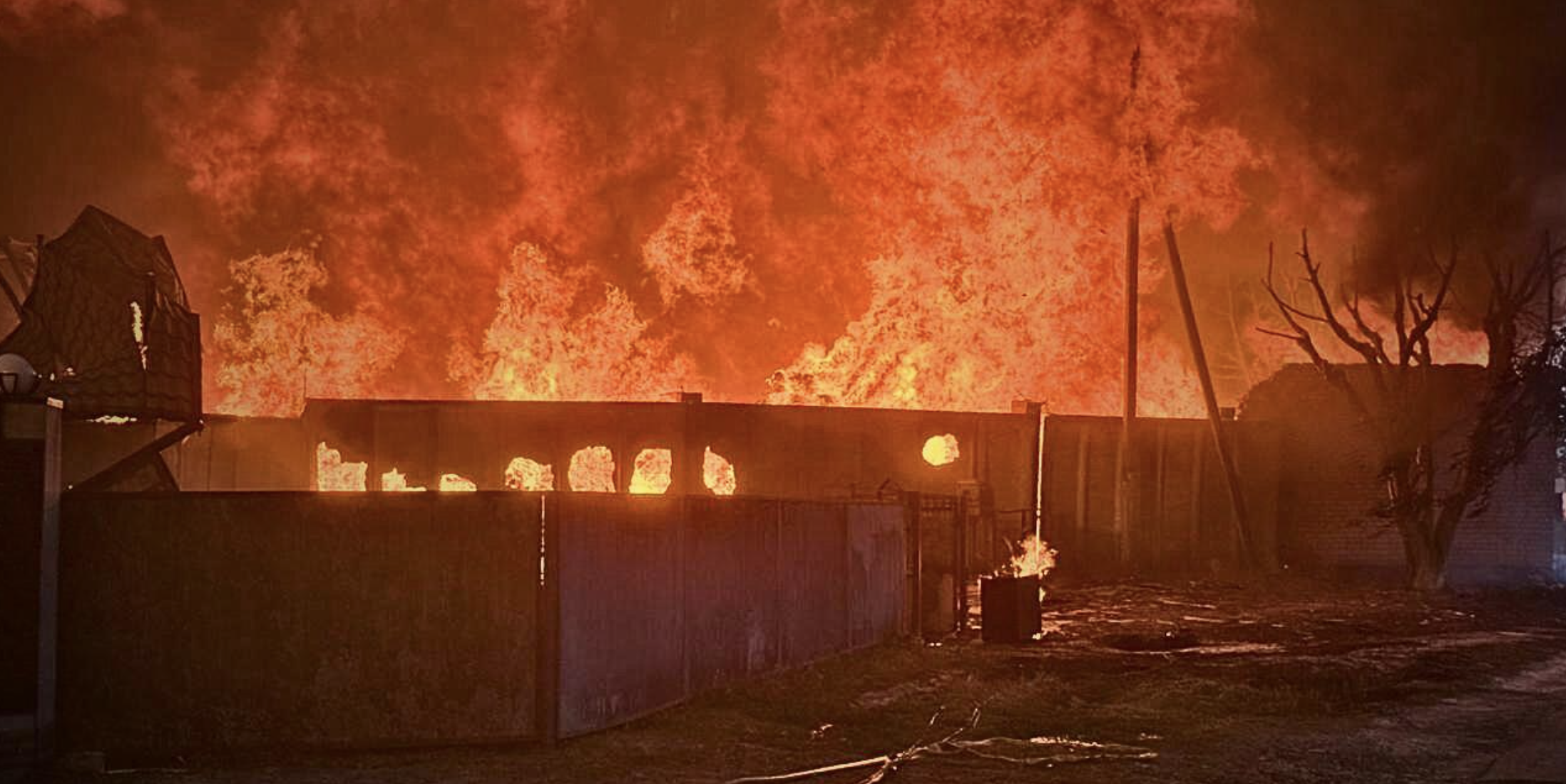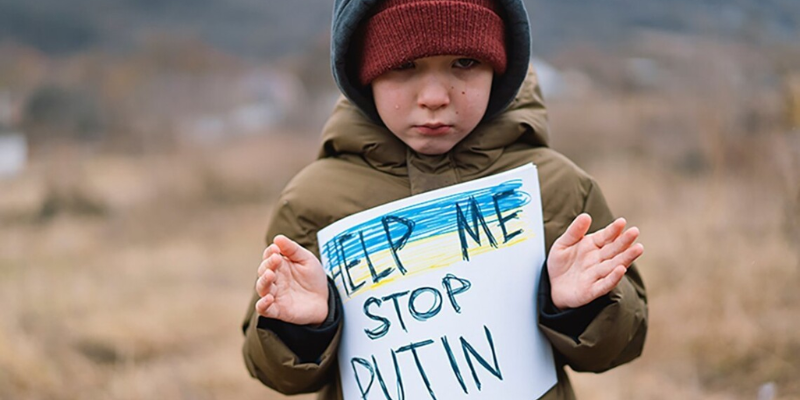
At least 6,000 children from Ukraine have been relocated to a network of re-education and adoption facilities in Russia-occupied Crimea and mainland Russia, according to a study by Yale School of Public Health’s Humanitarian Research Lab (HRL)
The HRL identified 43 facilities involved in holding children from Ukraine since Russia’s 24 Feb. 2022 invasion. The majority are recreational camps where children are taken for ostensible vacations, while others are facilities used to house children put up for foster care or adoption in Russia. The research findings indicate that the majority of camps have engaged in pro-Russia re-education efforts and some camps have provided military training to children or suspended the children’s return to their parents in Ukraine.
A report on the study, produced as part of the Conflict Observatory – “a central hub to capture, analyze, and make widely available evidence of Russia-perpetrated war crimes and other atrocities in Ukraine” –documents the widespread nature of these facilities and their intended purposes. The report also explores the vast network of people responsible for facilitating the transfer of Ukrainian children to Russia.
The key findings of the report are as follows:
- More than 6,000 children in Russia’s custody: the HRL has collected information about at least 6,000 children from Ukraine ages four months to 17 years who have been held at camps and other facilities since Feb. 24, 2022. Arrivals to these facilities began in February 2022; the most recent transfers occurred in January 2023. The total number of children is not known and is likely significantly higher than 6,000.
- At least 43 facilities in network: The HRL has identified a network of at least 43 facilities, 41 of which are pre-existing summer camps in Russia-occupied Crimea and Russia. Twelve of the camps are clustered around the Black Sea, seven are in occupied Crimea, and 10 are clustered around the cities of Moscow, Kazan, and Yekaterinburg. Eleven of the camps are located over 500 miles from Ukraine’s border with Russia, including two camps in Siberia and one in Russia’s Far East. The exact number of facilities is likely significantly higher than the 43 identified in this report. The HRL identified two facilities associated with the deportation of orphans: a psychiatric hospital, and a family center.
- Network of children’s facilities stretches from Russia-occupied Crimea to Russia’s eastern coast: The furthest camp this investigation identifies is in Magadan oblast in Russia’s Far East near the Pacific Ocean, approximately 3,900 miles from Ukraine’s border with the Russian Federation. The camp in Magadan is roughly three times closer to the United States than it is to the border of Ukraine.
- Primary purpose of the camps appears to be political re-education: At least 32 (78%) of the camps identified by the HRL appear engaged in systematic re-education efforts that expose children from Ukraine to Russia-centric academic, cultural, patriotic, and/or military education. Multiple camps endorsed by the Russian Federation are advertised as “integration programs”, with the apparent goal of integrating children from Ukraine into the Russian government’s vision of national culture, history, and society.
- Children from two of the camps have been placed with foster families in Russia: The HRL identified at least two camps that hosted children alleged to be orphans who were later placed with foster families in Russia. Twenty children from these camps were reported to have been placed with families in Moscow oblast and enrolled in local schools there.
- Consent is collected under duress and routinely violated: Consent gathered from parents for their child to attend a camp included signing over power of attorney in some cases, including to an unnamed agent. Other parents allege that the specific elements of the consent they gave were violated, such as the term of stay and procedures for reuniting with their children. Still other parents allegedly refused to allow their children to go to camps, but were ignored by camp organizers who enrolled the children in camps regardless. In many cases, the ability of parents to provide meaningful consent may be considered doubtful, as the conditions of war and implicit threat from occupying forces represent conditions of duress.
- Children’s returns from at least four camps have been suspended: In approximately 10% of camps identified by the HRL, children’s return to Ukraine was allegedly suspended. At two camps, Artek and Medvezhonok, children’s returns were suspended indefinitely, according to parents. Medvezhonok is one of the largest camps identified, at one point hosting at least 300 children from Ukraine. Officials there originally told the children’s parents they would return at the end of summer, but later rescinded the date of return. Hundreds of children from Ukraine from at least two other camps, Luchistyi and Orlyonok, have been or are being held past their scheduled date of return; the HRL has been unable to identify how many of these children have been reunited with their parents. Parents also described being unable to get information about their child’s status or whereabouts after their return has been suspended. It is unknown how many of Ukraine’s children Russia currently holds and how many have been released to their families.
- All levels of Russia’s government are involved: This operation is centrally coordinated by Russia’s federal government and involves every level of government. The HRL has identified several dozen federal, regional, and local figures directly engaged in operating and politically justifying the program. Activities of officials allegedly implicated in the operation include logistical coordination (i.e., transporting children), raising funds, collecting supplies, direct camp management, and promoting the program within Russia and occupied areas of Ukraine. At least 12 of these individuals are not on U.S. and/or international sanction lists at the time of this report.
The full report is available here.
